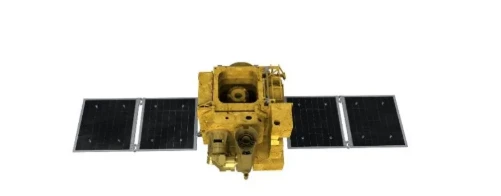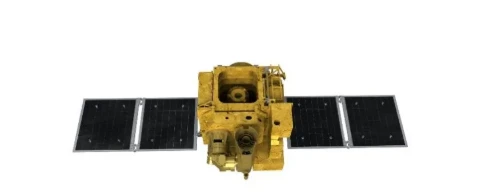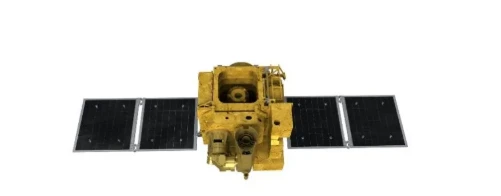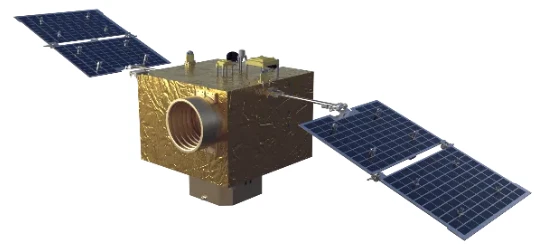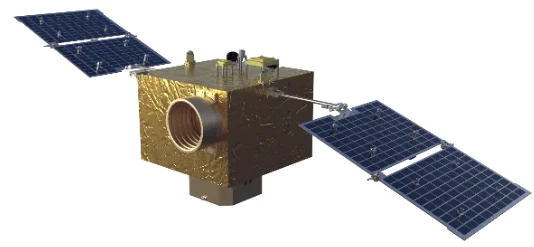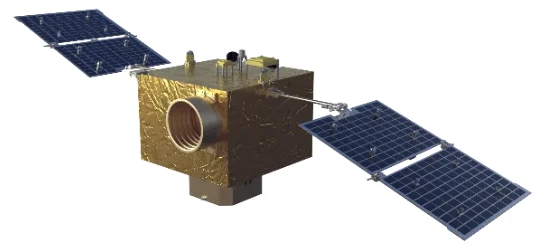
- afrikansk
- albansk
- amharisk
- arabisk
- armensk
- aserbajdsjansk
- baskisk
- hviterussisk
- bengali
- bosnisk
- Bulgarsk
- katalansk
- Cebuano
- Kina
- korsikansk
- kroatisk
- tsjekkisk
- dansk
- nederlandsk
- engelsk
- Esperanto
- estisk
- finsk
- fransk
- frisisk
- galisisk
- georgisk
- tysk
- gresk
- Gujarati
- haitisk kreolsk
- Hausa
- hawaiisk
- hebraisk
- Ingen
- Miao
- ungarsk
- islandsk
- igbo
- indonesisk
- irsk
- italiensk
- japansk
- javanesisk
- Kannada
- kasakhisk
- Khmer
- Rwandisk
- koreansk
- kurdisk
- kirgisisk
- Arbeid
- latin
- latvisk
- litauisk
- luxemburgsk
- makedonsk
- Madagaskar
- malaysisk
- Malayalam
- maltesisk
- Maori
- Marathi
- mongolsk
- Myanmar
- nepalesisk
- norsk
- norsk
- oksitansk
- Pashto
- persisk
- Pusse
- portugisisk
- Punjabi
- rumensk
- russisk
- samoansk
- skotsk gælisk
- serbisk
- engelsk
- Shona
- Sindhi
- singalesisk
- slovakisk
- slovensk
- Somali
- spansk
- Sundanesisk
- Swahili
- svensk
- Tagalog
- tadsjikisk
- Tamil
- tatarisk
- Telugu
- Thai
- tyrkisk
- turkmenske
- ukrainsk
- Urdu
- Uigur
- usbekisk
- vietnamesisk
- walisisk
- Hjelp
- Jiddisch
- Yoruba
- Zulu
Satellite Platforms And Cubesat Platforms: Revolutionizing Remote Sensing Capabilities
The progression of satellite platforms has significantly enhanced the scope and efficiency of remote sensing missions. These platforms serve as essential infrastructures, providing the mechanical and electronic support needed for various sensors to collect crucial Earth observation data. Among these innovations, cubesat platforms have emerged as flexible, cost-effective options that are reshaping how satellite data is acquired and utilized.
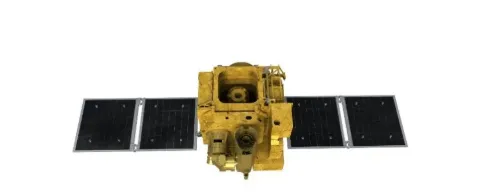
Understanding The Core Functions Of Satellite Platforms In Remote Sensing
A satellittplattform acts as the backbone for remote sensing payloads, integrating subsystems such as power supply, thermal regulation, attitude control, and data handling. The performance of these platforms in satellite platforms in remote sensing directly influences the precision, reliability, and frequency of data collection.
Large, traditional platform satellites are equipped with comprehensive sensor suites, capable of capturing multi-angle and multispectral data across wide geographic regions. However, their substantial size and cost have driven the exploration of smaller, more versatile alternatives.
The Rise Of Cubesat Platforms And Their Impact On Remote Sensing
The introduction of cubesat platforms has revolutionized access to space by offering a standardized, miniaturized satellite format that is both affordable and adaptable. These compact satellites can be quickly developed and launched, allowing for rapid deployment and replacement cycles.
Despite their diminutive size, cubesat platforms now incorporate sophisticated imaging sensors that deliver valuable multispectral and hyperspectral data. The deployment of multiple cubesats in constellations enhances temporal resolution, providing frequent revisits and near real-time Earth observation capabilities.
Enhancing Remote Sensing Through Advanced Communication Technologies
Efficient transmission of data from satellite platforms in remote sensing is vital. Modern satellites increasingly rely on advanced communication methods such as satellite internet and VSAT systems to ensure fast, reliable data downlink to ground stations.
Moreover, satellite as a service models offer users convenient access to satellite data and analytics through cloud platforms. This integration accelerates the utilization of remote sensing information in applications ranging from environmental monitoring to disaster management.
In conclusion, satellite platforms, particularly the innovative cubesat platforms, are transforming remote sensing by improving data availability, lowering costs, and enhancing mission flexibility. Continued advancements in platform design and communication technologies will further expand the capabilities and applications of satellite-based Earth observation.
Dette er den første artikkelen






